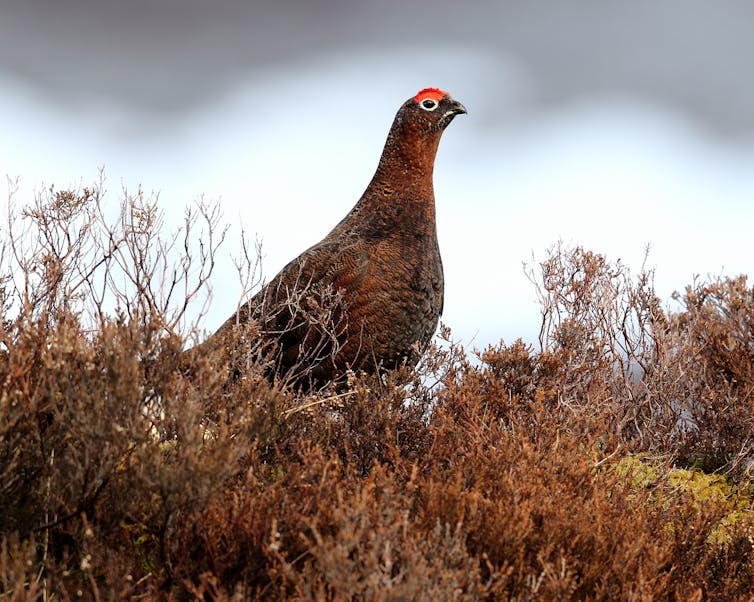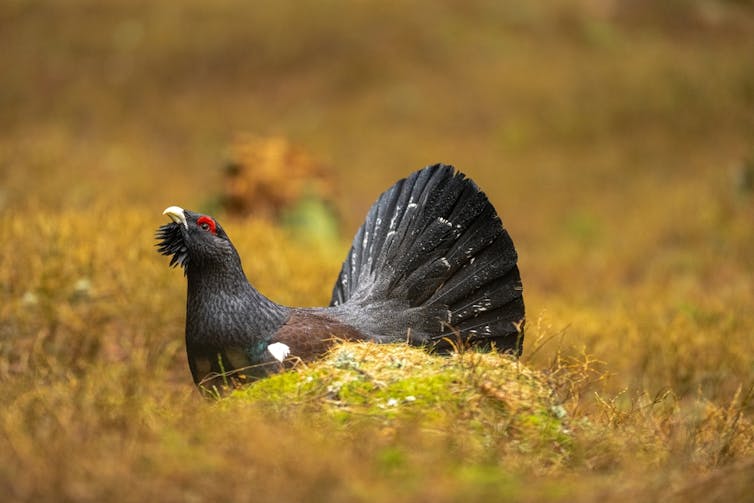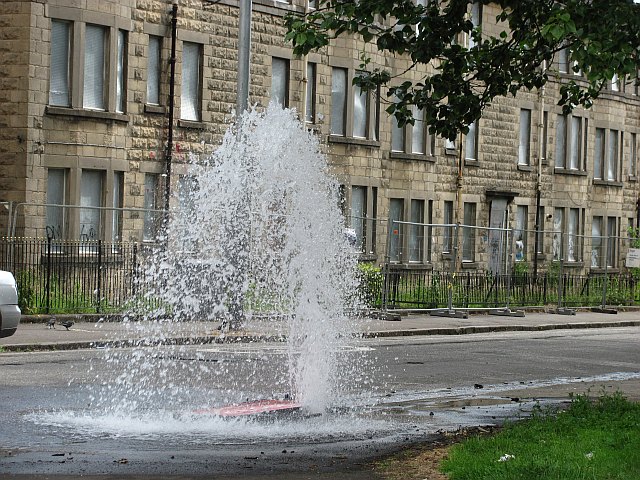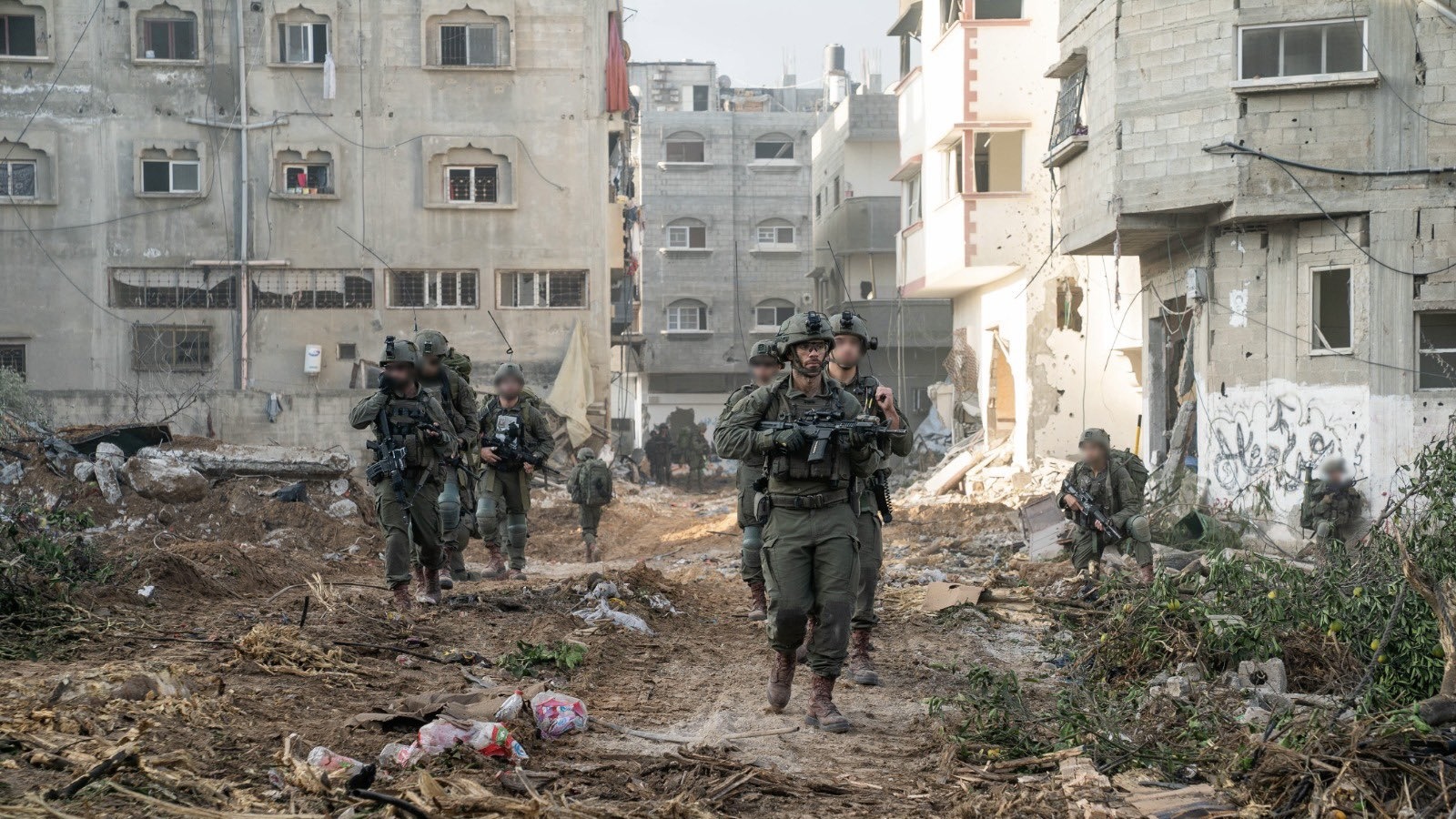Grouse shooting in Scotland has an alarming death toll – and not just for game birds

Clair Linzey, University of Oxford
The Scottish moors are considered areas of outstanding beauty, and often assumed to be “wild” and “untamed”. However, these landscapes are the result of management techniques that are now under scrutiny by the Scottish government.
These practices include burning the moorlands (muirburn) and controlling the number of animals on the moors through trapping, snaring and poisoning. All of these measures are pursued to keep the number of red grouse artificially high so they can be shot in grouse season.
An estimated 260,000 animals are killed each year in Scotland as part of these legal “predator control” measures. Targeted animals include foxes, weasels, stoats, rats, rabbits and various types of corvid like crows, magpies, jackdaws and jays.
Many animals are also killed unintentionally. A report that was commissioned by the League Against Cruel Sports Scotland, a UK-based animal welfare charity, shows that as many as 39% of the trapped animals are not the intended target. These animals include pine martens, hedgehogs, badgers, deer and hares. But there have also been reports of endangered and protected animals, such as raptors and the capercaillie, being killed.
In a recent report, which I co-authored with Dr Katie Javanaud and Professor Andrew Linzey from the Oxford Centre for Animal Ethics, we examined the moral basis for these practices. We found that it is impossible to overstate the severity of the suffering caused to animals caught in traps.

Jaroslav Macenauer/Shutterstock
Prolonged suffering
The Agreement on International Humane Trapping Standards, to which the UK is a signatory, is the primary measure against which the welfare of trapped animals is judged. The standards consider traps to be “sufficient” and “efficient” if the animals are killed in anywhere between 45 seconds and five minutes. In fact, the standards still consider traps efficient if 20% of animals do not die within five minutes.
Any system of killing that only causes death after 45 seconds to five minutes is unnecessarily cruel. The animals suffer an appalling range of injuries that would not be acceptable in any other context. Entrapment for free-living animals is at best a distressing experience that obviously involves psychological and emotional harm.
All forms of predator control, whether that be trapping, snaring or poisoning, are predicated on exposing animals to hours or days of prolonged suffering. And all of this supposes that these traps can practically be inspected often. This is a question in and of itself given the vast area over which the methods are used and the limited manpower available, as well as adverse weather conditions.
Stopping the suffering
The suffering caused by these “management techniques” is also made invisible, reduced to being a private matter on private estates. However, cruelty to animals is a public moral issue and should be subject to political accountability.
Effective legislation requires three important components: compliance, inspection and enforcement. However, the illegal trapping of raptors indicates that there is limited compliance with the current legislation.
All raptors are protected under the Wildlife and Countryside Act 1981. But traps and poisons kill animals indiscriminately. So, as long as traps and poisons continue to be in use, legally protected animals like raptors will continue to be caught and killed.

Ian Duffield/Shutterstock
Raptor persecution is one of the main concerns of the Scottish government’s proposed Wildlife Management and Muirburn Bill. The bill aims to change “rules around how people can capture and kill certain wild birds and wild animals” and “rules around the making of muirburn”.
The government plans to address these problems by licensing the use of traps and giving the Scottish Society for Prevention of Cruelty to Animals (SSPCA) powers of inspection, as well as introducing a licensing scheme for grouse hunting and the management of land.
It also intends to bring in an outright ban on glue traps. These traps consist of a small board coated with a sticky adhesive, a practice the RSPCA argue causes “unacceptable cruelty”.
We need to do more
The plan to introduce powers of inspection for the SSPCA should be commended. But licensing the killing of animals on Scotland’s moors serves only to codify and ingrain the suffering and deaths of those animals.
All current methods of “predator control” either cause (often prolonged) suffering or make animals liable to suffering. To license any of the traps currently in use is to institutionalise the suffering and death of thousands of animals a year.
Our report concludes that predator control is uncontrollable. There simply are not the mechanisms in place to control it. Poisons and traps of various kinds are readily available for purchase in shops and on the internet. There is no moral alternative to making all of these practices illegal.
We propose the promulgation of a new charter for free-living animals. Scotland could lead the way in pioneering legislation that protects all animals, domestic and free-living. This legislation should begin with the recognition of sentience and enshrine in law the value and dignity of wild animals such that their right to live unmolested is respected.

Don’t have time to read about climate change as much as you’d like?
Get a weekly roundup in your inbox instead. Every Wednesday, The Conversation’s environment editor writes Imagine, a short email that goes a little deeper into just one climate issue. Join the 30,000+ readers who’ve subscribed so far.![]()
Clair Linzey, Research Fellow in Animal Ethics, University of Oxford
This article is republished from The Conversation under a Creative Commons license. Read the original article.






